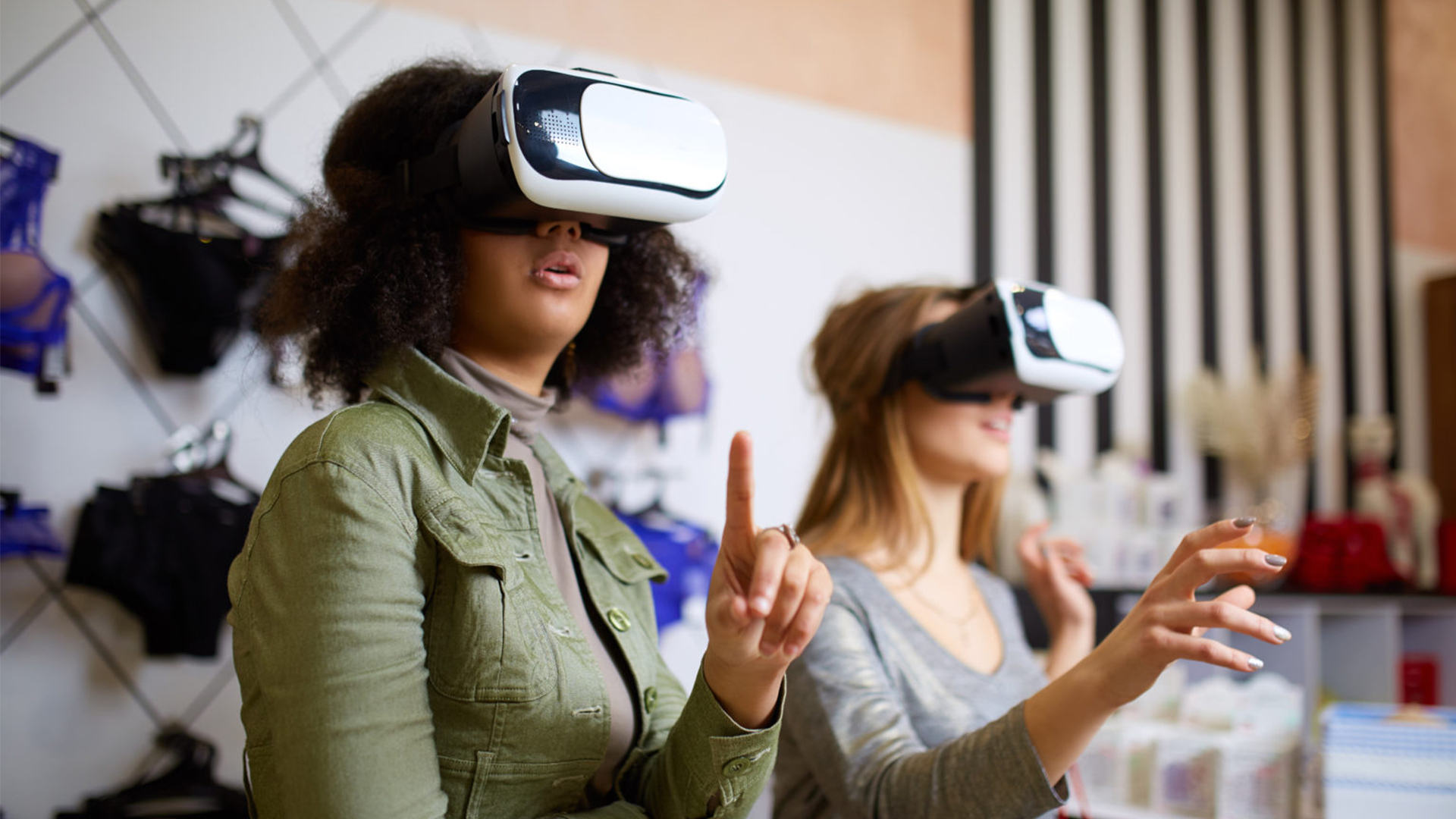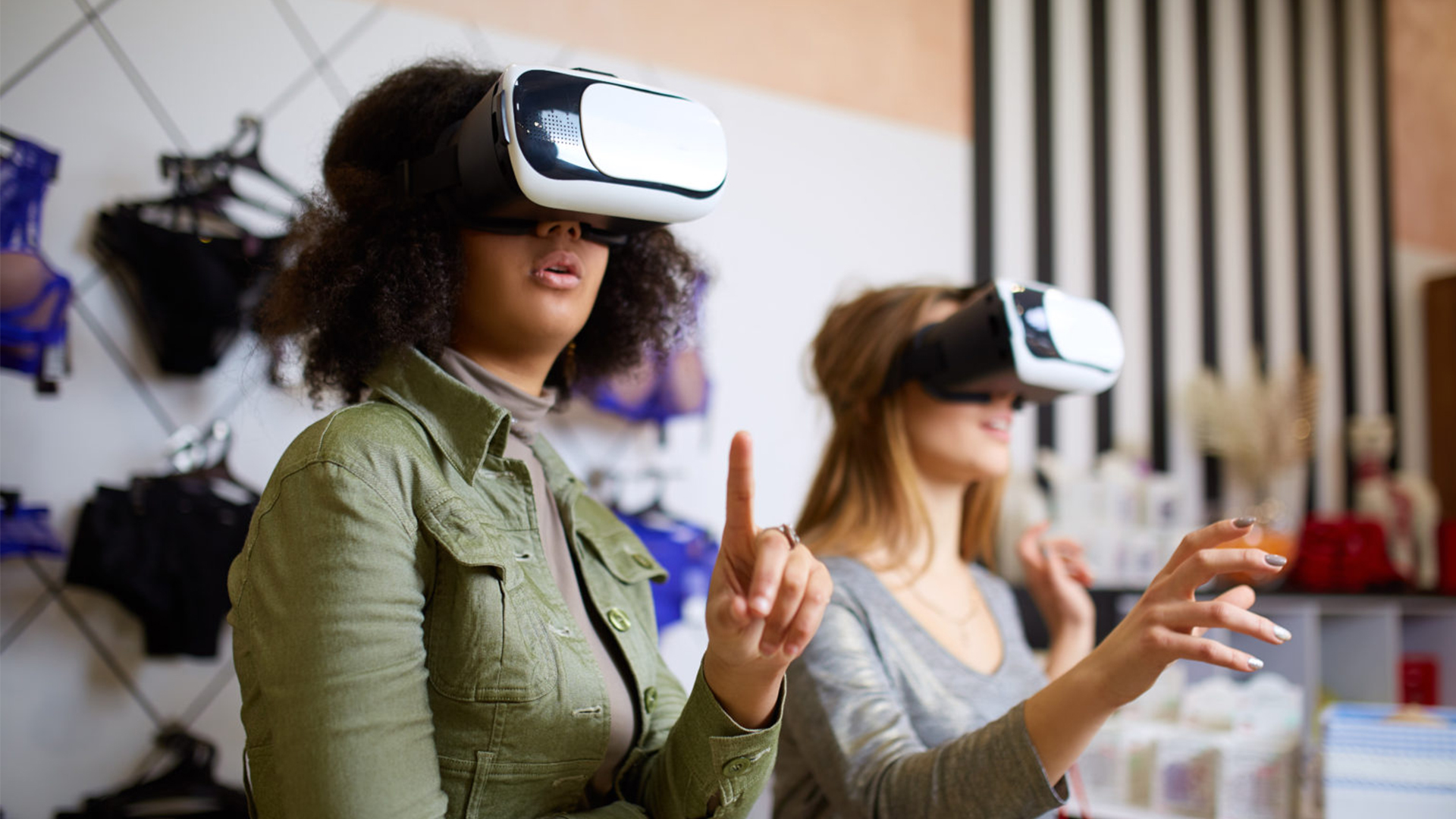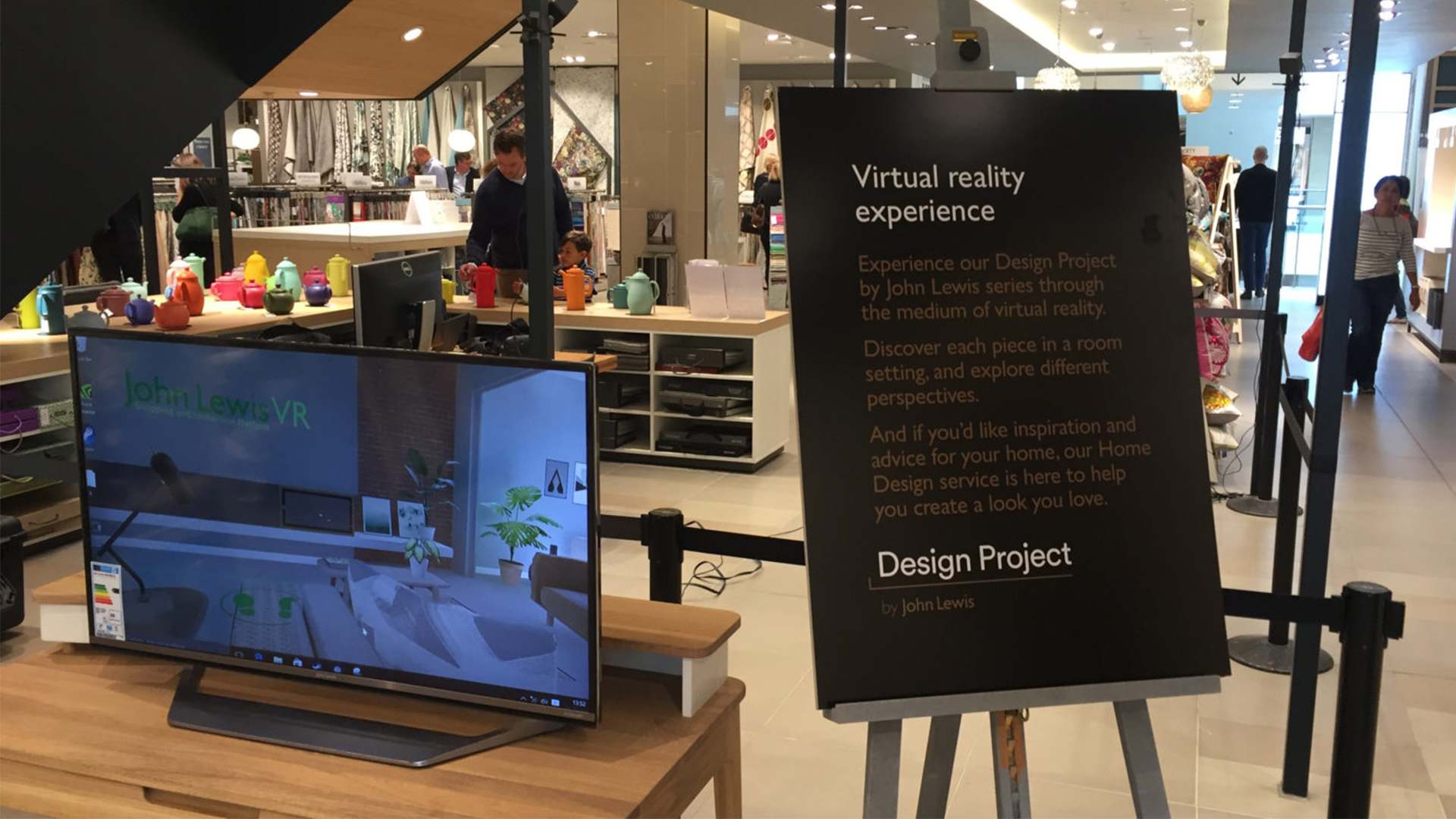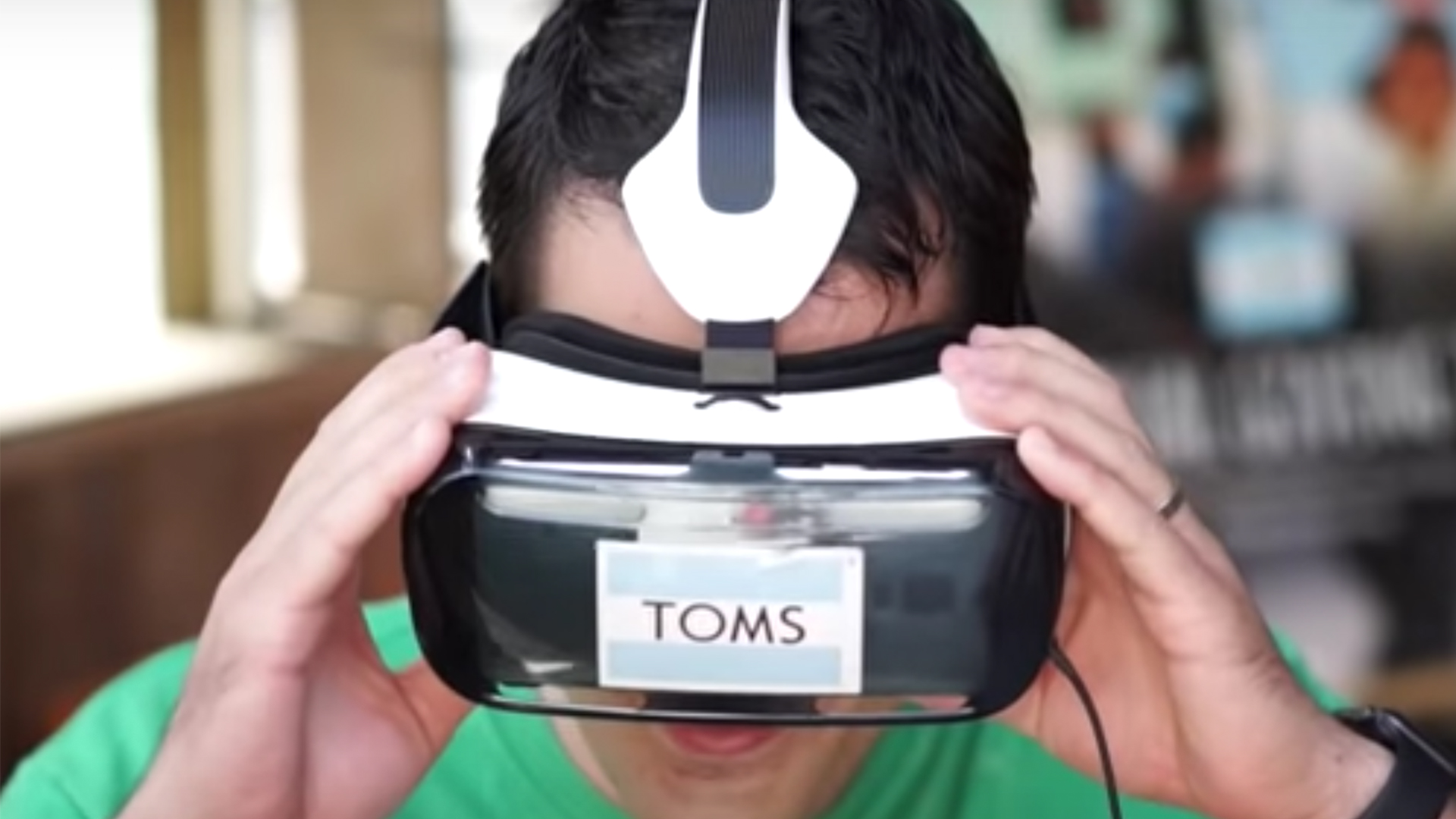Why Customer Experience is Becoming Increasingly Important
The bottom line is, great customer experiences are great for your bottom line. From attracting new customers through to building long term brand loyalty, great customer experiences (CX) matter. There’s increasing evidence to suggest that good CX is a key driver in a customer’s decision making process – and they are prepared to pay a premium for it.
PwC’s ‘Experience is everything: Here’s how to get it right’ report highlights that when a customer receives good customer service, they feel seen, heard and appreciated. Speed, convenience, friendliness and crucially, a human connection are key indicators of what constitutes strong foundations for great customer experiences.
But since the COVID pandemic brought about huge changes to all our lives, how can businesses adapt to the short term changes in consumer behaviour and develop customer experience strategies that will help to connect effectively with customers in the new normal? Introducing immersive technologies into your company’s CX plans could help you to reach out to customers in new and innovative ways and crucially, provide a new channel for human connections.
The Differences Between Augmented and Virtual Reality
But which ‘reality’ could work best for your customers? Getting to know these different technologies is the first step to integrating immersive into your customer experience strategies.
Virtual Reality (VR)
Virtual reality (VR) removes the user from the real world, completely immersing them into an imagined space. Content can vary hugely, from more passive experiences such as accessing 360 film footage of real life places and activities, through to completely computer generated and interactive content.
Specific equipment is needed to access VR content. Hardware, such as the Oculus Quest 2, PSVR or HTC Vive is a must, combining a headset with hand controllers, allowing users to see, hear and often interact with the VR experience. Although headsets are becoming more affordable and accessible, VR is still a relatively niche technology. Additionally, people can feel out of their comfort zone wearing a headset, and this, combined with the fact that VR often offers solitary experiences, means that its mass market appeal is potentially limited.
And yet… When a VR experience works, it has the power to move the user in compelling and memorable ways. Virtual reality’s immersive nature is its key superpower when it comes to grabbing its user’s attention and awakening their sense of empathy. This makes it a great tool to help make deep and lasting connections with a customer.
Augmented Reality (AR)
The key difference between virtual and augmented reality is that where VR content takes you away from the user’s physical space, augmented reality combines both, blurring the lines of reality by overlaying the real world with imagined digital content.
Augmented Reality hit the attention of the mass market with Pokemon Go and SnapChat filters. Although top end AR experiences often require specific equipment, such as the Microsoft Hololens 2, augmented reality is generally easily accessible, either through a smartphone or tablet. Given the ease of accessibility, it’s a great tool for appealing to a mass market, but it won’t give you the emotional impact that VR experiences can. But, having both mass market access and content that can be easily shared between friends, coupled with its mobile potential, AR content can be consumed as easily on the go as in the home environment – the sky is literally the limit.
The Growth of Immersive Technologies as a Customer Experience Tool
The perception that immersive technologies are firmly planted in the world of gaming is changing. Businesses are increasingly recognising the tangible benefits of harnessing the power of augmented and virtual reality to improve business operations – from design and prototyping through to training and productivity, marketing and customer services.
With brands seeking to grow and strengthen the relationship between their product or service and their customers, immersive technologies can offer creative, emotional and practical routes to enriching customer relationships, build brand loyalty and ultimately increase sales.
The strength of VR and AR is to provide brilliant tools to connect brands with customers in creative and meaningful ways. Immersive technologies are human-centred by design, meaning that they have great potential to pack an emotional punch, or provide practical support to customers – a key driver behind a great customer experience strategy.
What’s more, advances in technology make AR and VR customer experiences more realistic and user friendly, and combined with greater accessibility and affordability of hardware, plus improved mobile connectivity, AR and VR have the potential to move into the mainstream.
Reasons Why Brands are Using AR/VR for Customer Experiences
As consumers become increasingly reliant on digital tools to make decisions, complete purchases and draw on post-purchase support, immersive technologies can provide a brilliant and innovative tool to support a company’s customer experience strategy. Reasons why businesses are adopting AR and VR include:
Providing deep connections with brands through immersive experiences.
Whether you’re totally immersed in VR, being wowed by AR content via your phone, or simply want to access post-purchase support, immersive content has the potential to delight and inform customers. From engaging experiential immersive marketing experiences at the start of your customer’s journey, through to building immersive content into customer experience centres, AR and VR can enhance customer experiences and help brands to build brand loyalty.
Supporting customers to make informed decisions
As immersive content becomes ever more realistic and interactive, it is an increasingly useful tool for helping customers to ‘try before they buy’. Retailers brands from cosmetics through to cars are using immersive technologies, predominantly AR to give customers the chance to gain an accurate visual perspective and make informed purchases. This is particularly useful for furniture brands, for example, Ikea’s Place AR app as it gives customers the chance to place digital copies of furniture items in their homes to check if the size and colour works for their space.
Providing practical post-purchase customer service
The great thing about immersive tech is that it isn’t just a tool to create eye catching marketing gimmicks, it can provide more down to earth and practical support throughout the customer journey. Take Nespresso’s AR descaling instructions. Customers can unlock a step-by-step guide by scanning the packaging with a mobile phone. And while it’s not the most cutting-edge and visually stunning example of augmented reality, it does effectively address an issue that customers had previously struggled with, making it a practical tool to improve customer experience – all at the touch of a button.
How AR/VR is Transforming Experiences Across Different Sectors
Virtual Car Showrooms
Immersive technologies and car retail are a match made in heaven. With car purchases being one of the biggest spending decisions we make, being supported in making the right choice to get the vehicle of our dreams is crucial. Whether in a physical showroom or online environment, immersive technologies can be used to help customers visualise personalised versions of their vehicles; especially useful when viewing an exact physical version is impossible.
Brands such as Audi have introduced VR experiences into their showrooms, allowing customers to experience sitting in their customised car and scrutinise the smallest detail. Others, such as BMW, have developed AR content to expand its customer base to new audiences and help potential customers to make informed purchasing decisions. As part of its X2’s “Be the one who dares” campaign, BMW used Snapchat to create a realistic AR version of the car, which gives users the chance to place the car into their physical space and walk around it, view it from all angles and change paint colour.
Looking to the future, car manufacturers will increasingly embed AR-based driver assistance into their vehicle specs, helping to reinforce customer satisfaction and ultimately reinforcing brand loyalty.
Experiential Marketing
When customers feel an emotional connection to a brand, they are more likely to spend more and become brand loyal. Great marketing plays a key role in developing these relationships, and with the potential for show stopping imagery and storytelling, immersive technologies offer marketeers the dream tools for making memorable content that draws on the customer’s emotions. Great examples of immersive-led marketing campaigns that connected with customers include:
Nike and Footlocker’s LeBron James AR poster campaign used Snapchat to wow customers by bringing a 2D poster of Lebron James to life, with the basketball star morphing into a 3D digital model in the store. Footage of this in-store experience reached a global audience of over 1.25 million views within an hour of launching through social media sharing.
TOMS Virtual Giving Trip. Footwear brand, TOMS harnessed the power of VR to tell the story of its shoe donations to children in need in Colombia. This emotional experience helped to showcase the brand CSR activity, helping to align it with socially-aware customers.
Architecture
Immerse technologies have the potential to revolutionise client relationships in the architecture sector. The BBC’s Your Home Made Perfect series highlights how virtual reality can be used to bring plans to life. Clients can fully immerse themselves in a digital version of a future building, walking around a finished and furnished version before a brick has even been laid. By bringing 2D drawing to 3D life, the architect/client relationship can be significantly improved, helping all parties to be on the same page to identify and address any issues at an early stage.
Fashion & Cosmetics Retail
As the online world continues to take over the high street, AR and VR can help to streamline purchasing decisions by helping customers to visualise fashion with the development of virtual changing rooms. AR experiences such as Asos’s See My Fit app give online customers the chance to view AR versions of clothing on avatars that reflect their own body shapes, helping them to make more informed purchasing decisions and potentially avoiding the hassle (and negative customer experience) of having to send back clothes that are unflattering.

And it’s not just clothing brands that are setting the trend for AR in fashion retail. Cosmetic brands from Chanel to L’Oreal are also embracing AR customer experiences. Augmented reality gives customers the chance to virtually try on ranges of make-up onto their own facial images. Although this can be used to help customers build and look and make purchasing decisions, it has more far reaching implications for customer relationships. By creating images of their look, customers can share these with friends and their online communities via social media platforms and helping to broaden the brand’s audience reach.
This isn’t just a game changer for online purchasing; as Covid means that in-store testers and changing rooms may become a thing of the past, AR may provide the key for brands to keep customers engaged in a competitive market.
Tourism and Hospitality
As Covid has limited our opportunities to leave our homes, let alone explore the world, escapism is something that many of us are craving. With the devastating impact this has had on the hospitality and tourism sector, innovating to survive and build for the future is crucial. Some businesses and organisations such as Kuoni have developed 360 VR tours of places and resorts, with the aim of converting these ‘pre-dreamer’ experiences into holiday bookings in the future.
Ralph Hollister, a tourism analyst at Global Data believes that in the future, VR could be harnessed to help streamline the booking process, from choosing plane seats to hotel rooms. Moreover, beyond using VR to promote future physical journeys, VR, tourist-based experiences could usher in a new, sustainable form of tourism for companies, where virtual tourists can visit hard to reach places in a greener, more socially responsible way.
Conclusion
Addressing customer experience isn’t optional – it’s central for businesses to survive and thrive, especially in such challenging times. As the impact of Covid means that addressing the core driver of a great CX strategy, of developing effective human relationships is limited, immersive technologies might just be the answer to help your business make vital and virtual customer links.
Augmented and virtual reality have the power to make your customers feel special, valued and empowered by your brand. And that’s potentially just what your customer experience strategy needs to help your business to build the strong foundations to grow. Interested in introducing immersive technologies into your company’s customer experience strategy? you can contact us,
D2 Studio, our professional team of
virtual reality provides you with an effective VR and AR solution!
www.d2studio.work


